



ABOUT THE AUTHOR
Mariana Ramírez - Architect, Jr Project Leader
Architecture has the power to turn a simple park into a universe of possibilities for children. Humanizing our cities involves more than simply beautifying their urban landscape; It also means ensuring that children feel welcome and safe in their urban environment.
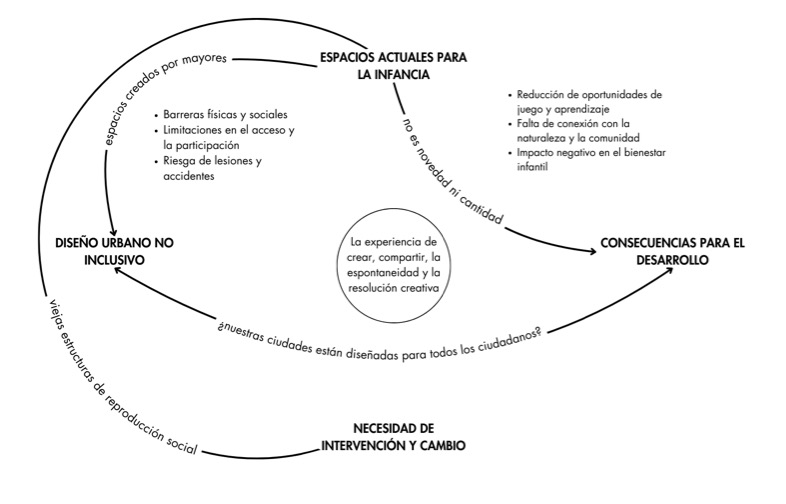
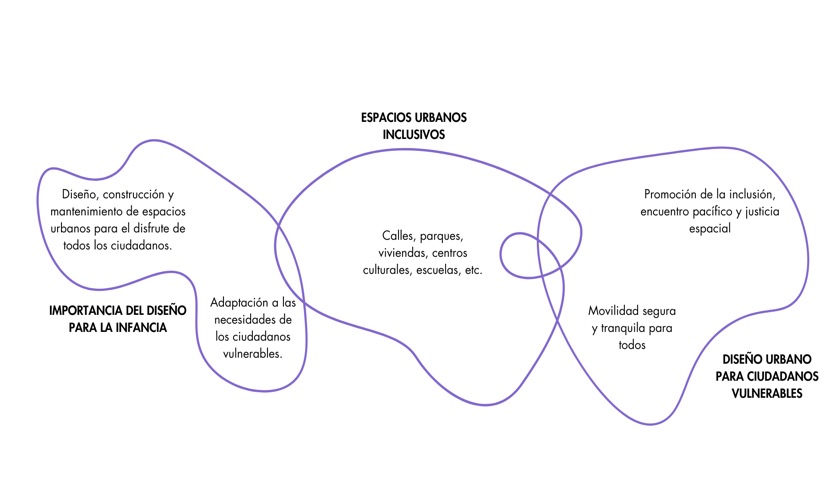
New urban approaches to childhood seek to imagine spaces where nature intertwines with creativity, giving children the opportunity to explore, play and learn in a stimulating and safe environment. Transforming urban spaces into vibrant and welcoming places is essential for childhood to flourish and fully develop.
These spaces not only offer opportunities for fun and entertainment, but also encourage creativity, imagination and active learning. From theme parks to sensory gardens and interactive play areas, every corner becomes an invitation for children to explore and discover the world around them.

Images created with A.I. to exemplify "Creative and imaginative spaces for children" by Cafeína Design


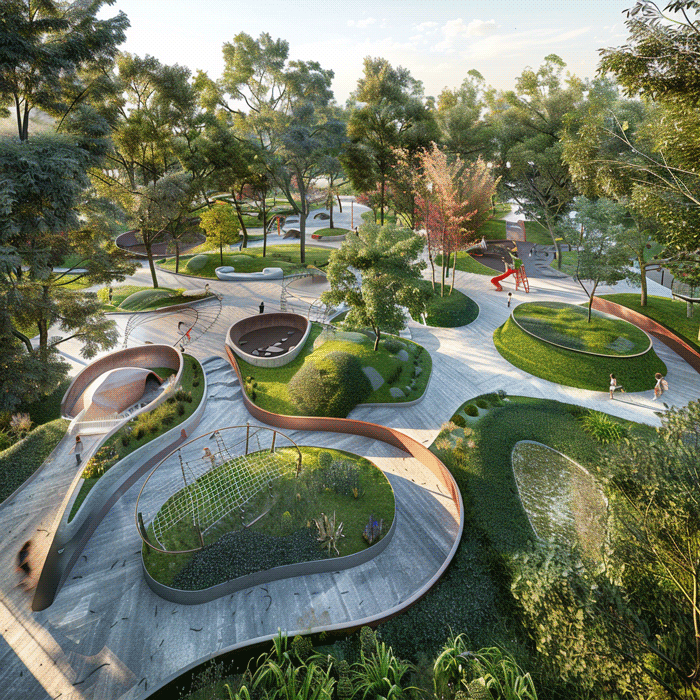

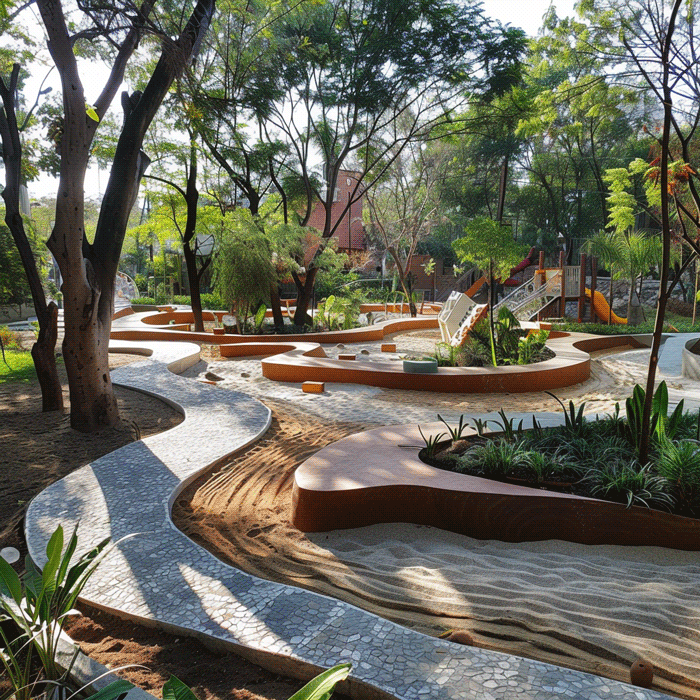
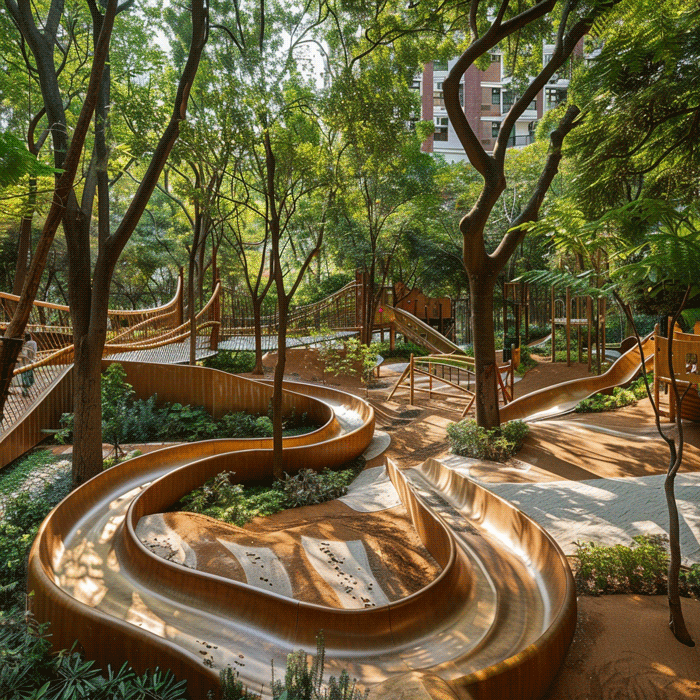



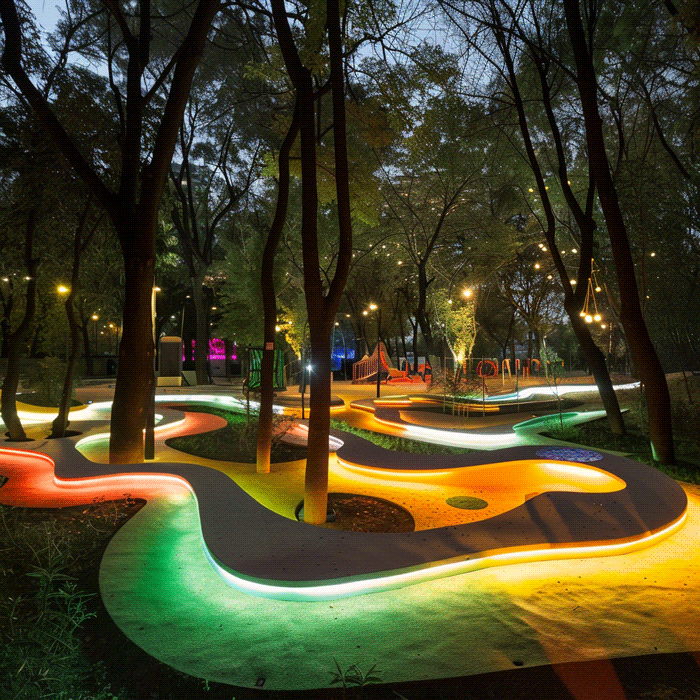
Images created with A.I. to exemplify "Creative and imaginative spaces for children" by Cafeína Design
Additionally, these creative and imaginative spaces promote children's social interaction and emotional development by providing them with the opportunity to connect with others and share experiences. At the same time, they instill a sense of belonging and pride in their community by having a place designed specifically for them.
In conclusion, investing in the creation of creative and imaginative spaces for children not only improves the quality of life of the little ones, but also enriches the social fabric of our cities. By prioritizing the well-being and development of children, we are building more inclusive, vibrant and sustainable urban environments for all.
